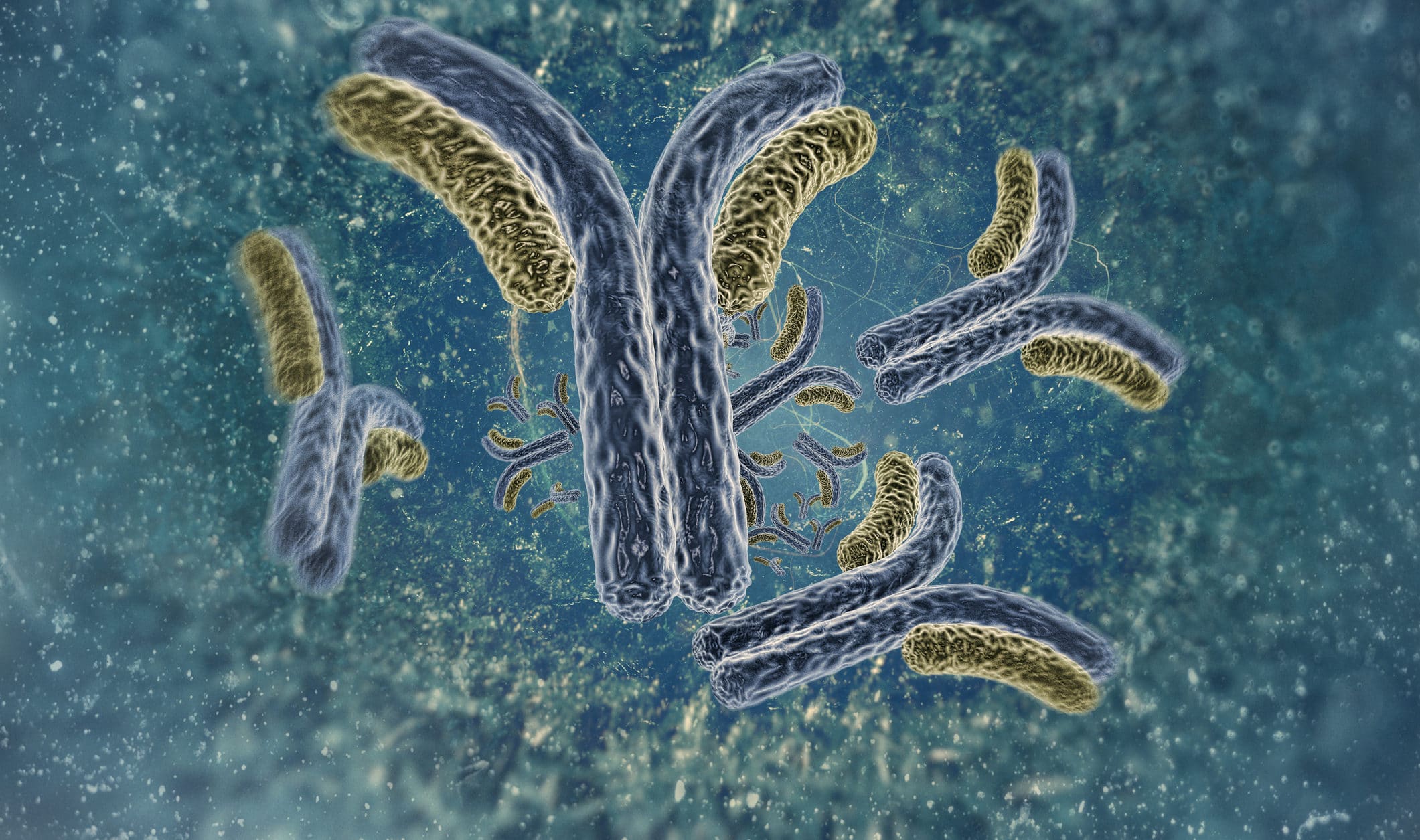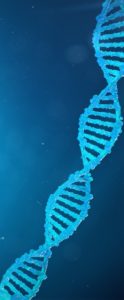BiTE antibodies? A review of the recent article: Are BiTE Antibodies The Next Treatment for EGFR + NSCLC?
Review by Jen Cipriani
BiTE antibodies are showing promise as a potential new treatment option for those of us that have progressed on standard of care treatment. What exactly is a BiTE antibody? BiTE is short for “bispecific T cell engager”. Bi-specific T-cell engagers (BiTEs) are a class of artificial bispecific monoclonal antibodies that are being investigated for use as anti-cancer drugs. They are not specific to NSCLC and are not specifically designed to treat an EGFR resistance mechanism. They can be thought of as an innovative immunotherapy approach that helps the body’s immune system target cancer cells.
BiTE’s direct a host’s immune system, more specifically the T cells, to act against cancer the cancer cells. So how do they accomplish this? BiTEs are antibodies with two arms. One arm of the drug attaches to a specific protein on the tumor cell. The other arm of the BiTE activates immune cells in the patient to kill the cancer cells by binding to T cells via the CD3 receptor. Unlike ordinary monoclonal antibodies, BiTE’s form a link between T cells and tumor cells allowing them to bind to two unique antigens at once and thereby facilitate cell-to-cell interactions. This causes T cells to exert cytotoxic (killing) activity on the tumor cells by producing proteins that kill the tumor cells via initiating apoptosis (or self destruction).
One such BiTE currently in trials for lung cancer is Solitomab (MT110). This particular BiTE binds the EpCAM antigen on lung cancer cells as well as the CD3 receptor of one’s T cells. Many other BiTE antibodies are currently in clinical trials for various cancer types. The attached article specifically specifically mentions JNJ-372, an EGFR and MET bispecific antibody, and U3-1402, a HER3-directed antibody-drug conjugate (ADC). Both have demonstrated acceptable safety and preliminary anticancer activity in phase 1 clinical trials.
The JNJ-372 BiTE shows inhibition of both EGFR and cMet signaling. According to the review by Dr. Weaver, the phase 1 study of JNJ-372 included NSCLC patients with diverse EGFR mutations including exon 21 L858R, exon 19 deletion, exon 20 insertion, exon 20 T790M, and exon 18 G719A, as well as those with a secondary T790M or C797S mutation, or cMet amplification. 32 out of 108 patients (30%) responded to treatment. Responses were seen in patients with EGFR C797S-mediated or cMet-mediated resistance to the third-generation Tagrisso. These patients had all progressed after receiving an average of three lines of standard treatment, including two lines of EGFR–TKI therapy. Response was also seen in those with TKI-naïve EGFR exon 20 insertions. Many also had a partial response to treatment.
U3-1402 may also have a place in the management of EGFR + NSCLC. U3-1402 targets HER3, a lesser-known member of the EGFR tyrosine kinase family, and may overcome multiple resistance mechanisms. According to Dr. Weaver, 60% of EGFR-mutant NSCLCs have at least some level of HER3 expression. In the phase 1 study the response rate following U3-1402 treatment was about 31%, or 5 out of 16 patients, including 4 confirmed partial responses.
This is good news for those of us progressing on TKI treatment and represents another tool in our toolbox to combat progression of EGFR mutant lung cancer.
BiTE is a registered trademark of Micromet AG (fully owned subsidiary of Amgen Inc)



